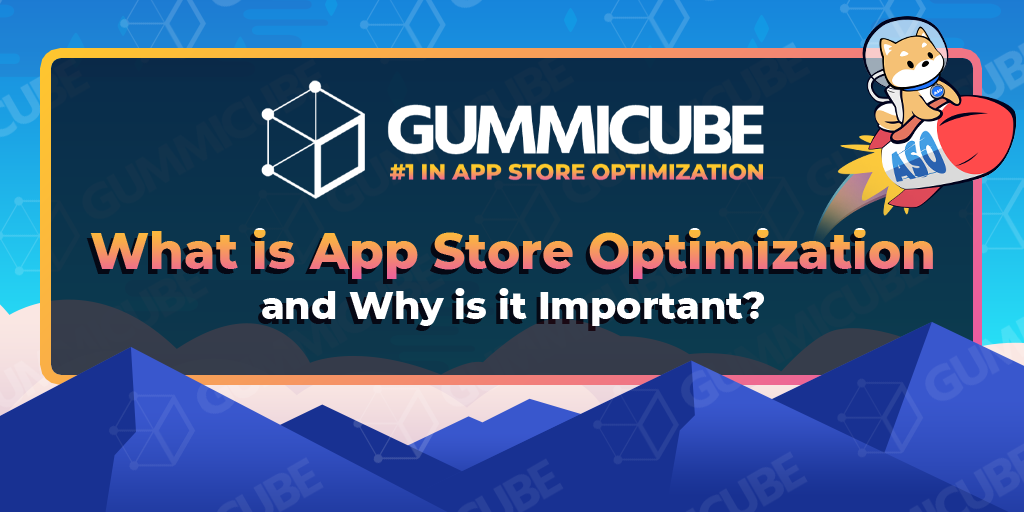My own projects have #PRAGMA warning “TODO” in the App.Open event. Wherever you want a ToDo note in your code type #PRAGMA warning “Your message”.
Comments closedCategory: Guest Post
Posts from xojo community members
App Store Optimization (ASO) is important for app developers to gain keyword visibility, downloads and retention on the Apple App Store and Google Play Store.…
Comments closedWith the RFC classes of the MBS Xojo Tools Plugin you can build RFC interfaces to SAP systems.
Comments closedAPI 2.0 added Var as an alias for Dim. Var is more recognized by coders from other languages and that’s great. Easily readable code is the goal, so I use both.
Comments closedOften when debugging an application, you’ll need to enter the same data in the same fields over & over. There is a temptation to set the value of the field to the test data. The downside of this is that you need to remove all those defaults before deploying your application.
Comments closedLearn to create a solar system in Xojo with the help of the MBS Xojo Plugin component SceneKit. SceneKit is an Apple framework that supplies functions for graphic and animation designs.
Comments closedIn the newest version of the MBS Xojo Plugin 10.0 we offer functions for the use of JavaScript in your Xojo solutions. If you have a problem that you want to solve, you don’t have to reinvent the wheel again and again.
Comments closedThis guide is going to walk you through the steps to set up in-app purchases in your iOS apps. It may be best to get…
Comments closedAs if software development isn’t hard enough, the approach you or your team adopts can make a dramatic difference in project success. Using a traditional project management approach may not lend itself to “learn, discover, and adapt” inherent with software development. Although most Xojo developers are aware of Scrum and other popular agile methodologies, it may be unnecessary to use. Being a Xojo developer and a Certified ScrumManager, my goal is to demystify how agility, specifically Scrum, helps improve product quality, prioritize functionality, and provides an intuitive framework to complete work.
Comments closedIt was urgent to migrate Packr API and database from an aging 32-bit CentOS 6.9 server running on Atom N2800 with 2GB of RAM and 500GB HDD to some optimized modern equipment. And imperative to do it in as little time as 2 minutes.
Comments closed

